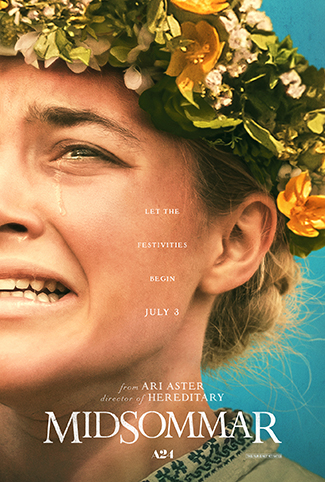Eating, drinking, and decidedly not tasting our way across the city

My goal was simple: to eat kanelbullar for breakfast in Sweden. So what if we woke up that morning in Denmark? In Europe, countries can be shockingly close together. Like, say, separated by the narrow Øresund between the island of Zealand and the mainland of Sweden.
In my opinion, a day trip from Copenhagen to Malmö was a must. Part of it was the lure of pastries, but it’s not like Denmark is slacking in the pastry category. The real draw was the opportunity to utter sentences like “we took a day trip to Sweden,” and to add another entry to the list of countries I’ve visited.
Continue reading “A Taste of Malmö”






